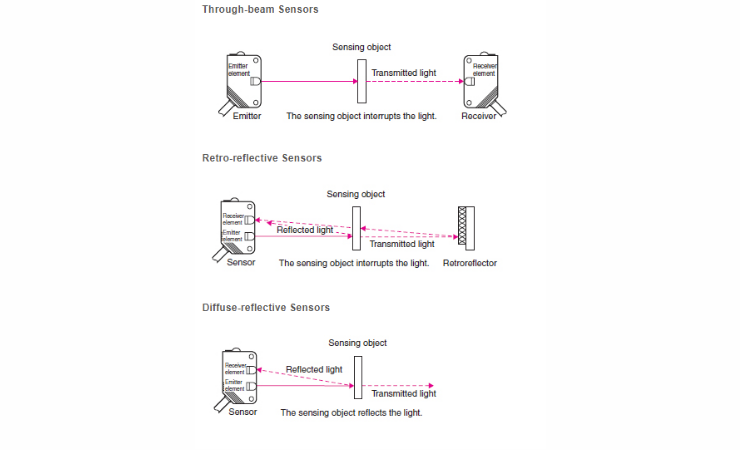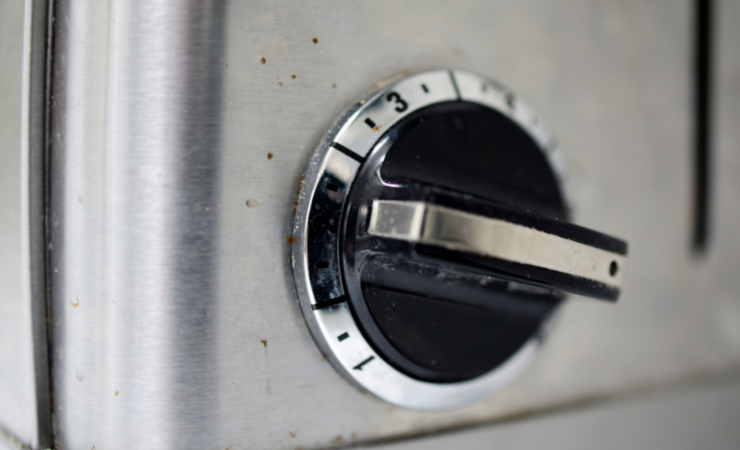Toasters are both game-changing and mind-blowing at the same time. You simply put a couple of slices of bread inside, and they will come out later as warm and crusty delights.
But then again, you might also have a strange experience when you consistently make perfect toasts on one toaster, only for it to come out either raw or super charred on another.
Where did I go wrong? You asked yourself. I used the same setting on the timer, so how did this happen?
Well, in this article, we’ll answer just that. Keep reading this article and learn about:
- How the oven toaster came to be.
- What the numbers on the dial mean.
- The inner workings of the toaster.
- How its timer works.
How a Toaster Does Its Job
Before the invention of the electric toaster, people literally had to hold their bread over a fire to get that crispy, slightly burned texture that we so love to pair with jam and other spreads. That might be the reason why it’s called toast – from the Latin word “tostum.” Meaning to “burn or scorch.”
But since we’re not in the past anymore, we have these great, fancy electric toasters to discuss.
Just take a look at this fine specimen just for an example:
Treat your bread with respect😜#smeg #toaster pic.twitter.com/iMXfJzfvTP
— Smeg South Africa (@smegsouthafrica) October 28, 2020
And in case you weren’t informed: No, they are not waterproof and don’t drop them on the bathtub! But if you want to know more about another potential hazard that a toaster can cause, you can read this article here.
The most common type is the Pop-up toaster. Here’s how it generally works:
- You drop in a slice of bread into a slot on the top side of the toaster.
- Push the lever on the side,
- Choose how you want your toast to be by pressing a few more buttons or turning a knob, and then you wait.
The heating element comes on, and when the bread reaches your preferred “doneness” (Yes, I just compared it to a steak!), outcomes your bread with the iconic “DING!” sound that rings stubbornly inside your ear and immediately arouses your appetite.
But what happens if the toaster doesn’t want to keep your bread inside? Read this article to discover how to easily fix it.
And the numbers on the side? Do they signify how many minutes your piece of bread will stay inside your toaster?
We’ll get to that next so keep on reading.
How Do Toasters Know When to Stop?
Logic dictates that toasters stop cooking your bread after the time you set it to has elapsed. However, this isn’t the only way that a toaster knows whether enough is enough.
Here are four ways in which a toaster can figure out when to pop your bread out:
Timers
The classic. An electronic or clockwork timing circuit is integrated that turns off the heating element when the timer reaches zero.
Capacitors

Most modern toasters use this component. A capacitor stores and releases electrical energy. When a specific voltage is achieved, it will automatically cut off the circuit, and your bread comes out of the toaster.
Thermostats
A thermostat basically behaves like mercury inside the thermometer when heat is applied to it. But, instead of rising inside a tube, it gradually curls into a curve.
Two different metals are welded together to form a bimetal-strip thermostat. This strip is then fixed very close to the heating element of the toaster.

When the temperature rises as your bread are cooking, the two metals will react differently to the heat, which will cause the strip to bend gradually into a curve.
Once the correct temperature is achieved, the strip should’ve curled just enough to make contact with the circuit to open it, thus switching off the toaster’s heating element.
Photoelectric Cells
Photoelectric Cells sound, like they came straight out of a science fiction novel from the future but can actually be traced back to 1953.
It works by using a photocell to receive light reflecting from the bread’s surface. Basic science says that lighter colors reflect light more than darker colors do.

Following this principle, the photocell detects the light’s intensity changes as the bread turns from white to brown.
Others argue this is a more reliable method than the previous two combined. Still, it may just be too complicated to use on something as simple as an everyday appliance.
Do the Numbers on the Toaster Mean the Minutes?
By disregarding the fourth type, you will now understand the level or setting that the numbers pertain to.
Whatever the case, just make sure to unplug your toasters so it wouldn’t set your house on fire.
Cooking safety reminders as teens stay home this summer.
Discuss cooking fire safety over dinner tonight.
Have working smoke alarms in your home.#cooking #kitchen #baking #oven #stove #toaster #unplug #homefires #haveworkingsmokealarms #fire #family #kids #escapeplan pic.twitter.com/0Suk7FSHZt— MiPrevention (@MiPrevention) June 15, 2021
But if you’re one of those people that learns the best by watching and listening, you may just want to watch this video below for your own good:
Now back to the point: In toasters that use a timing mechanism, the numbers refer to the minutes that your bread will remain inside your toaster.
For capacitor toasters, the numbers are there to tell another crucial component, the resistor, as to the limits of the charge current and dictates when your bread will come out.
And finally, the numbers in thermostat toasters are just a way to measure the distance that the strip of metal should curl to cut the circuit and finish toasting your bread.
When all is said and done, there are only good toasters and bad toasters. In this article, you will find a list of good toasters that you’ll want for yourself.
Issues with Toaster Timer
By now, you might already be thinking how confusing this setup may be. And you’re not actually alone.
Many people feel like using different mechanisms on toasters is confusing. This will also result in the unintentional burning of bread which would render it unbeatable.
That means that setting two different toasters in the same mark will produce two different results. One may be a little too light for your taste, while the other is so charred that you can already use it for barbeque!
Whatever the case, the angst still doesn’t much the same level such as this person here:
The bother of putting a #toaster in the press though? Taking it out, plugging it in, toasting the bread, waiting for it to cool down, clearing the crumb tray, unplugging it, lifting it off the worktop, putting it back in the press, making sure the cable isn't caught in the door?
— Yes it is Me (@berniequinn) December 13, 2020
Conclusion
So, the numbers don’t really mean minutes after all. The best thing you can do is always make sure what the make of the toaster that you have at hand to get the right setting. Better still, you can always select a lower number from the start and gradually increase it to get the correct doneness.
So there you have it! If you have any questions or suggestions that you might want to share, feel free to put them in the comment section below.
- Lava Rocks Vs. Fire Glass – What Is Better for a Fire Pit? - November 15, 2023
- How to Light a Propane/Gas Fire Pit with a Manual or Electronic Ignition System - November 8, 2023
- How Long Does a Propane Tank Last for a Fire Pit - October 9, 2023

